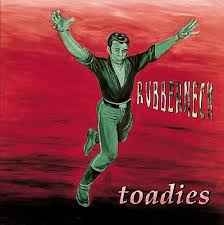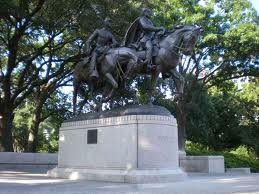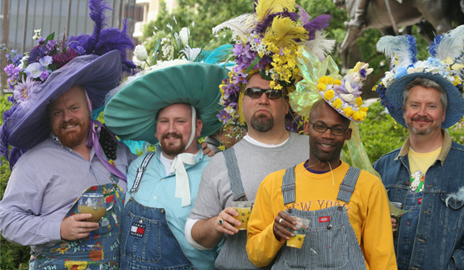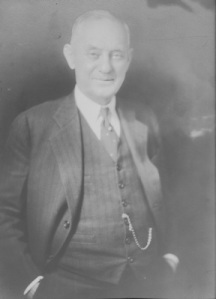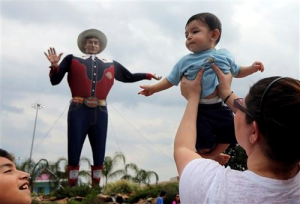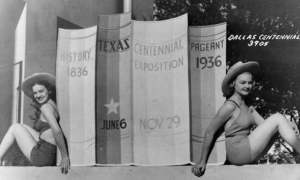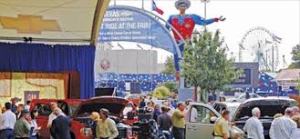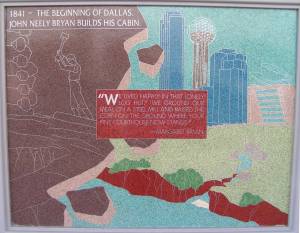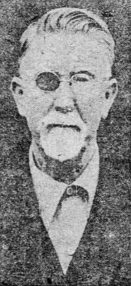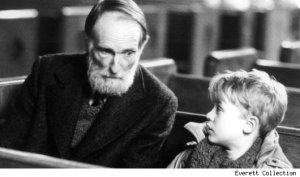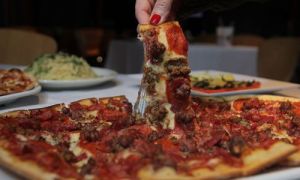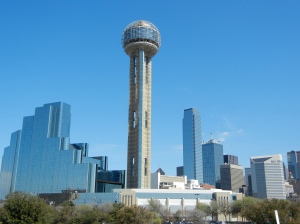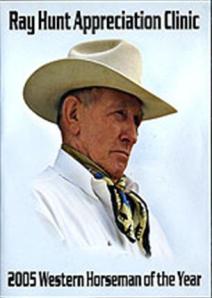The following is based on questions I get about what it was like to grow up in Dallas.
1. The Texas Giant – You remember how big of a deal it was when the Texas Giant opened. Like seriously, it was a really really big deal.
2. Cowboys and 49er’s – You had one friend that hated the Cowboys and loved the 49er’s. Despite how awesome the Cowboys were in the 90’s, you had one friend that just had to be different and like the 49er’s.
Suck it 49er’s…and Keith from 9th grade for liking them
3. The Toadies Rumor – There was that rumor at your school about the Toadies Song “Possum Kingdom” being about the lead singer sister’s death or something to that effect.
The Toadies were way more than one song from Guitar Hero
4. Kenny “the Shark” Gant – You remember Kenny “The Shark” Gant from the Cowboys and his dances before kick offs.
 It just goes to show that if you dance before kickoff and you’ll be more remembered than the starters.
It just goes to show that if you dance before kickoff and you’ll be more remembered than the starters.
5. Penny Whistle Park – Looking back, a shed that housed a dozen carny-style amusement park-ish rides probably wasn’t that cool. But to the eight year old version of myself, it was an absolutely amazing place to have a birthday party.
 That’s not a mistake, it’s just that no photo does Penny Whistle Park justice.
That’s not a mistake, it’s just that no photo does Penny Whistle Park justice.
6. The Black Hole at Wet ‘n’ Wild – First of all, it’s Wet’ n’ Wild, not six flags hurricane harbor splash world or whatever it is nowadays. And second, as soon as you went down the black hole at Wet ‘N’ Wild for the first time, you told everyone at school.
 Upon further review, building an entirely black water slide that soaked up the Texas sun, becoming blistering hot, might not have been the best idea. But I’m not listening.
Upon further review, building an entirely black water slide that soaked up the Texas sun, becoming blistering hot, might not have been the best idea. But I’m not listening.
7. Tatu and the Dallas Sidekicks – I can’t name a single other player on the Sidekicks, nor a single team that they played. But I know how big of a deal it was to go to a Sidekicks game and see him take his shirt off after a goal.
 No one is looking at you #15, stop waving. Everyone is staring at Tatu’s early 90’s aura.
No one is looking at you #15, stop waving. Everyone is staring at Tatu’s early 90’s aura.
8. Scotty’s on Park Lane – You spent days at Scotty’s on Park Lane. Before it was turned into Top Golf, that place was Scotty’s. And you probably spent countless afternoons playing miniature golf there, or in the batting cages.
 If you know about Scotty’s then you know how awesome it was. If not just trust us.
If you know about Scotty’s then you know how awesome it was. If not just trust us.
9. Fair Day: Day off from school + free ticket to the State Fair + corny dogs and ice cream sandwiches + the pirate ship ride = best day ever.
F.Y.I. Whenever you decide to go to the Fair nowadays, always always check when Fair Day is for schools. Don’t go on those days.
10. The West End was cool – There was that arcade in the big building’s basement, like a three floor arcade. Plus the free fudge. Also a Planet Hollywood and some other stuff. Either way, as a kid it was a cool place.
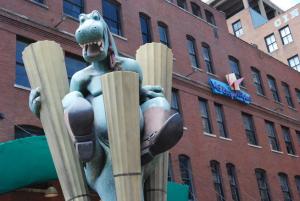 Whatever happened to that Giant Cowboy boot wearing Dinosaur?
Whatever happened to that Giant Cowboy boot wearing Dinosaur?
11. Mavericks games were free– You went Dallas Mavericks games basically for free. Winning tickets to a Mavericks game in the 90’s was essentially the same as winning a pizza party for your class in grade school. Except the Three J’s weren’t at your pizza party.
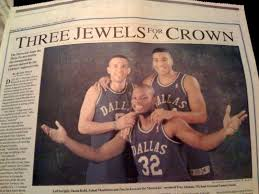 By “Crown” they meant, not last place.
By “Crown” they meant, not last place.
12. 1994 World Cup – You remember the 1994 World Cup and that mascot dog thing. You may not have gone to the games, but you remember all the hoopla surrounding the games played at the Cotton Bowl.
 His name was Striker, really I looked it up.
His name was Striker, really I looked it up.
13. Your Favorite Texas Rangers were Rusty Greer, Nolan Ryan, “Pudge” and Steve Booooooo-shell, in some order.
 Pretty sure this baseball card is in a box at my parent’s house.
Pretty sure this baseball card is in a box at my parent’s house.
14. The black tar heroin in Plano – You got lectured about drugs after all those kids in Plano died of black tar heroin. Either at school or from your parents. The kids in Plano freaked out a lot of adults.
 Today’s kids use “cheese” not harder drugs like the 90’s kids.
Today’s kids use “cheese” not harder drugs like the 90’s kids.
15. Crystal Pizza – It was like Chucky Cheese on steroids, and way awesomer. A true birthday party Mecca.
16. The Coca Cola Starplex – It’s not the Gexa Energy, Livenation.com Shirmoff Vodka Musical Arts Performance Center, it’s the Coca-Cola Starplex.
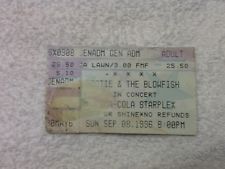 Wish I could find a better picture, but this is a ticket stub from a Hootie and the Blowfish show at the Coca-Cola Starplex. Can’t get much more 90’s then that.
Wish I could find a better picture, but this is a ticket stub from a Hootie and the Blowfish show at the Coca-Cola Starplex. Can’t get much more 90’s then that.
17. Dazed and Confused or Varsity Blues – These movies had some real similarities to your high school life. Sure, one of them was set in the 70’s and the other in a small town, but other than that, they weren’t that far off.
18. Deep Ellum was cool and hardcore, or so you heard– Unless you were a teenager when 1990 rolled around and were old enough to claim you went to the Nirvana Trees’ show; you, like me were probably a little too young to really experience the Deep Ellum that your older cousin talked about. But still if you were lucky enough to see a show at Trees, or even to perform in Deep Ellum during the 90’s it was a badge of honor.
 I knew that place was cool before I even knew what cool meant.
I knew that place was cool before I even knew what cool meant.
19. The 972 area code role-out – You remember when they introduced the 972 area code. Before DFW had like twelve area codes, Dallas had one: 214. And when you called your friends you didn’t need ten numbers.
What would people get tattoo’s of if 972 was never introduced?
20. Hoop-it-up – If you played basketball, you remember hoop-it-up. It was the pinnacle of quasi-non-organized basketball no matter what your age.
 Anyone else remember the rumor that the Mavericks found Mike Izzuilno playing at Hoop-It-Up.
Anyone else remember the rumor that the Mavericks found Mike Izzuilno playing at Hoop-It-Up.
21. White Rock Lake was a scary place – Before it was turned around, and became a haven for blue toothed bikers, slow runners and rowing teams; White Rock Lake was a bad place full of trash, dead bodies, and questionable men in cars cruising around.
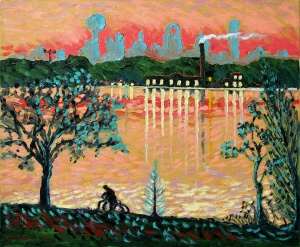 Side Note: If you think Oak Cliff is scary or dangerous today, twenty years ago you would have shat yourself.
Side Note: If you think Oak Cliff is scary or dangerous today, twenty years ago you would have shat yourself.
22. Town East, Redbird, and Valley View Malls – They were still decent malls, or well, they were still actually malls that were open.
 Town East now advertises that they have a McDonald’s, never a good sign for a mall when it’s pimping Mickey D’s.
Town East now advertises that they have a McDonald’s, never a good sign for a mall when it’s pimping Mickey D’s.
23. The Dallas Times Herald – I was too young to really read the paper when the Times Herald was around, but I do remember my father buying copies of its last edition.
 Biggest rule of Dallas media: no matter what’s going on, even if you’re going out of business…The Cowboys are more important.
Biggest rule of Dallas media: no matter what’s going on, even if you’re going out of business…The Cowboys are more important.
24. 1310 the Ticket – Your dad listened to 1310 The Ticket while driving you around. I didn’t become a P1 until I was like 25 or 26, but my father like most fathers in Dallas was a day one P1.
25. Mr. Peppermint and his musical son. Mr. Peppermint was part of your childhood. So as a teenager your mind was blown when you found out that his kid was one of the Butthole Surfer guys.
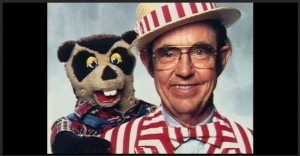 Side note, apparently Jerry Haynes, the guy who played Mr. peppermint, like to curse like a sailor when he was off camera and around adult guest stars just to get a reaction out of them
Side note, apparently Jerry Haynes, the guy who played Mr. peppermint, like to curse like a sailor when he was off camera and around adult guest stars just to get a reaction out of them



